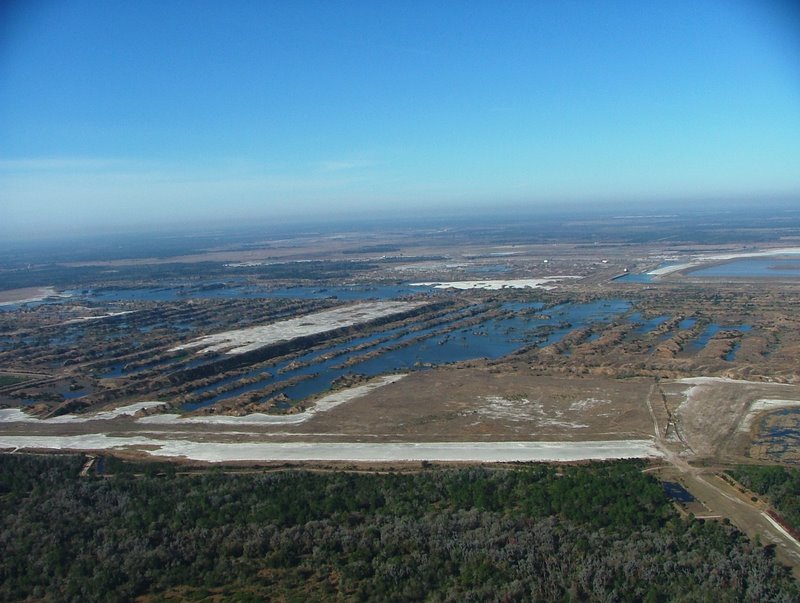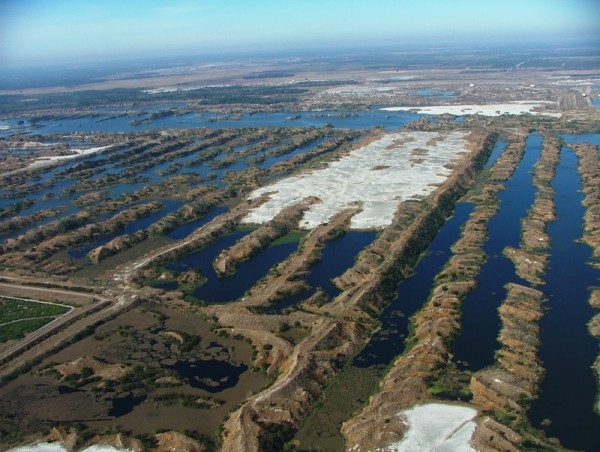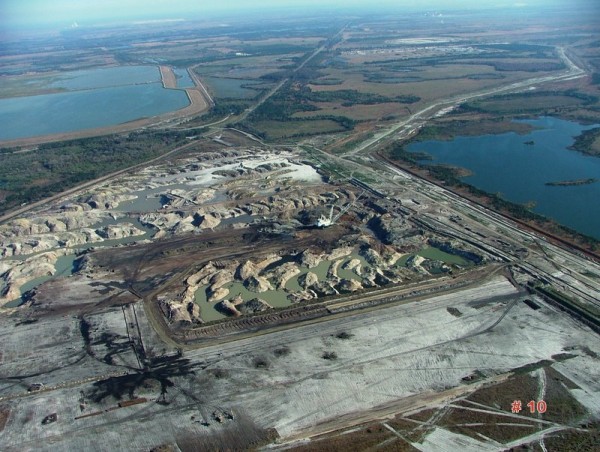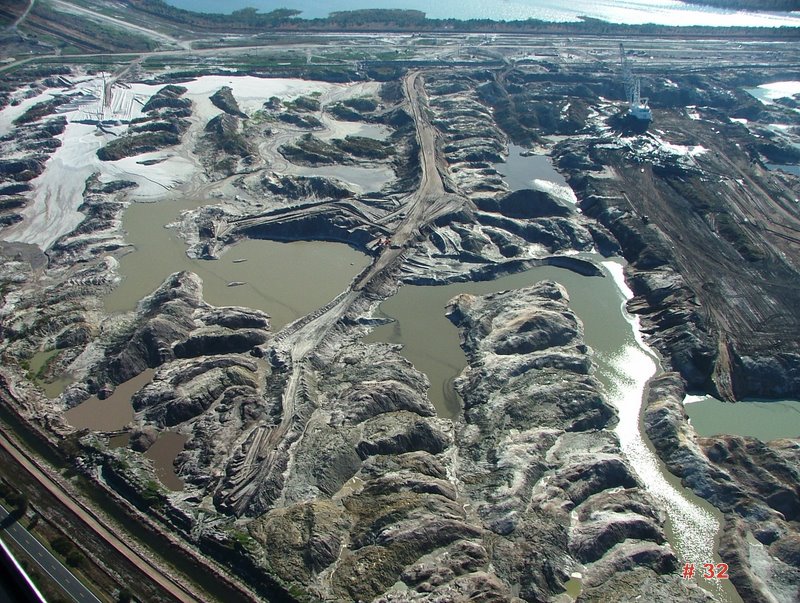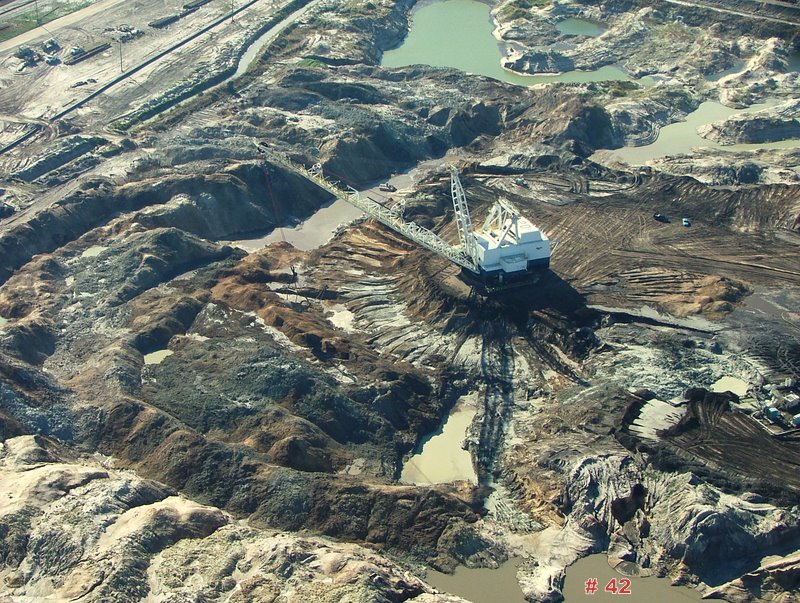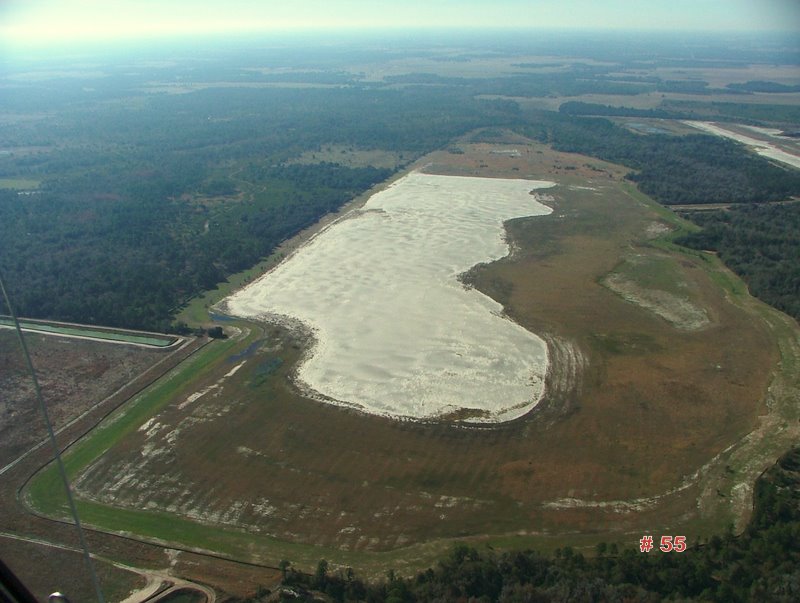The state Department of Environmental Protection has created a new Web site to provide up-to-date information on its ongoing sampling and monitoring of the local water supply after 84 million gallons of contaminated water was released in a spill at PCS in White Springs. This comes after discovery of a sinkhole inside a phosphogypsum stack system at PCS’s Swift Creek Chemical Complex on Dec. 10. The Swift Creek Chemical Complex is located just east of US 41, about 10 miles northwest of White Springs. The stack system stores process wastewater and gypsum resulting from PCS’ phosphate fertilizer manufacturing operations at this site, according to a DEP press release. “Based on site inspections and ongoing collection of monitoring data, it appears that PCS’s production wells are containing the process water on site and not contaminating the aquifer offsite or nearby potable drinking water wells,” according to a DEP press release. “In an abundance of caution DEP has continued its monitoring of the process wells, local private wells and the waters of the Suwannee River.” The gypsum stack in which the sinkhole formed is about 140 to 150 feet above ground level, according to DEP spokeswoman Dee Ann Miller. The sinkhole was about 40 to 50 feet in diameter with a depth of at least 100 feet below surface level, said Miller. The deepest production wells are 750-800 feet deep. “Aerial surveys and exploratory drilling are being conducted to gather information about the depth and geometry of the subsurface opening which will allow more precise measurement and guidance in grouting the sinkhole,” Miller said. Furthermore, Miller said no processed water was released before PCS was able to turn on its wells. “PCS already had wells in operation at the time of the formation, additional wells were put into operation within the hour to make sure they were doing everything they could do to capture the release,” said Miller. Miller confirmed that some broken chunks of gypsum did fall into the sinkhole. Miller also said there is not a synthetic liner beneath the gypsum stack, but rather a natural clay barrier below the stack area. Concerned citizens can now view the new Web page, which provides up-to-date information on DEP’s ongoing sampling and monitoring: http://www.dep.state.fl.us/secretary/pcs_sinkhole.htm “This new webpage allows us to make the information about these efforts readily available to the public,” said Deputy Secretary for Regulatory Programs, Mimi Drew in a press release. “We want the public to have real-time information and data about our efforts.” Residents are encouraged to contact DEP directly with questions and concerns at 850-488-8217. Citizens who may be concerned about their drinking water supply can contact the Hamilton County Health Department at 386-792-1414. Copyright © 1999-2010 cnhi, inc.
By Stephenie Livingston, Reporter January 08, 2010 11:25 am, Suwanee Democrat


